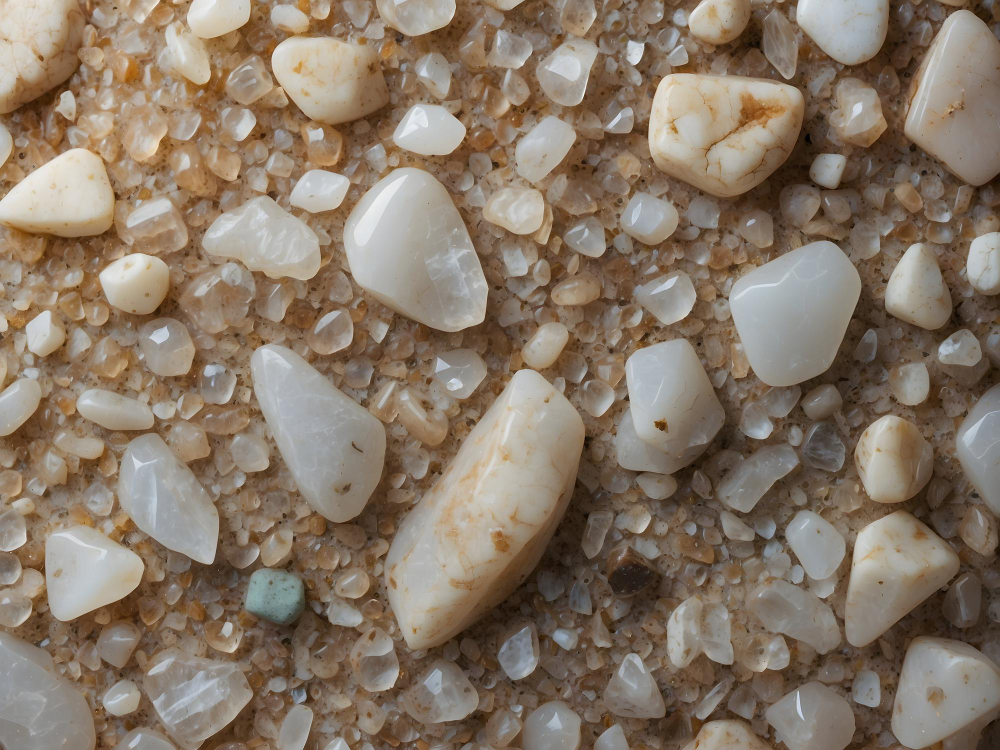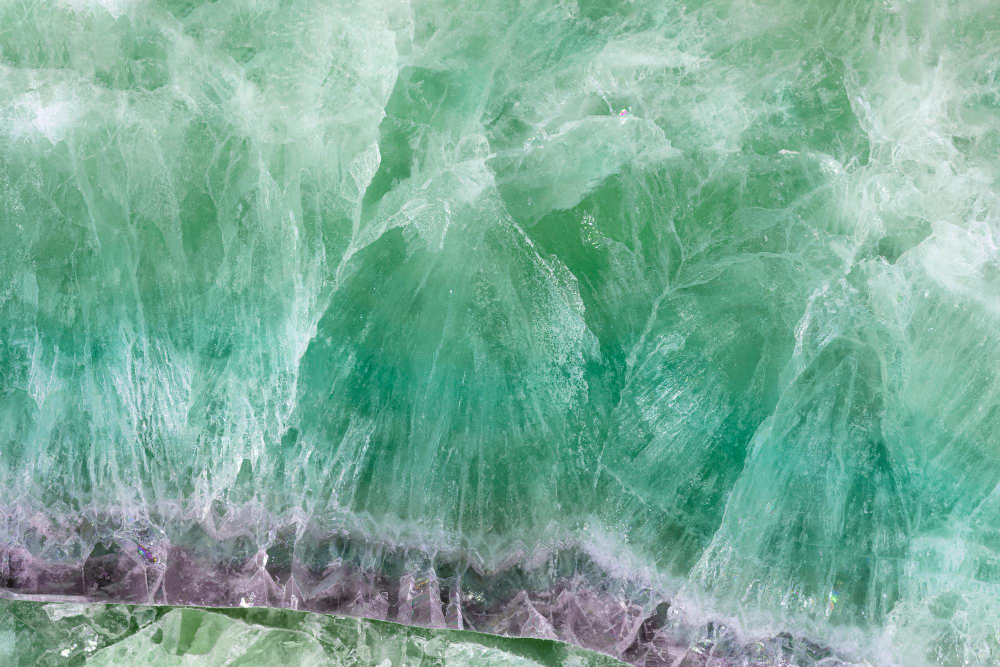Diamonds have long been celebrated as symbols of luxury, wealth, and eternal love. Yet their allure extends far beyond cultural associations—they are remarkable geological treasures with a rich backstory and extraordinary physical characteristics. More than just breathtaking jewels, diamonds represent a blend of nature’s artistry and scientific wonder, holding significance in both aesthetic and practical domains.
Forged in Earth’s Depths
Diamonds originate in one of the most extreme environments on Earth: the mantle, buried 140 to 190 kilometers (around 87 to 118 miles) below the surface. At these staggering depths, intense heat and crushing pressure force carbon atoms into a tightly packed crystal structure known as the „diamond lattice.” This unique arrangement is what imparts diamonds with their legendary hardness and brilliance.
The process, as rare as it is remarkable, often begins in subduction zones where tectonic plates collide, pushing carbon-rich material deep into the Earth. Over eons, volcanic activity propels these hidden gems toward the surface, encasing them in kimberlite pipes—vertical columns of volcanic rock that serve as nature’s elevators for diamonds. Some diamonds are later transported by rivers and erosion, settling in alluvial deposits where they can also be mined.
Physical Properties
Diamonds’ unmatched hardness sets them apart from every other natural substance. Ranking a perfect 10 on the Mohs scale, they resist scratching and endure wear like no other material. This resilience is due to the robust covalent bonds locking the carbon atoms together within the crystal lattice, making diamonds not just beautiful but exceptionally durable.
Their optical properties are equally mesmerizing. Diamonds sparkle with a brilliance that’s unmatched, refracting and scattering light into dazzling bursts of color known as „fire.” This interplay of light and reflection creates the gem’s signature radiance, captivating jewelers and wearers alike.
A Spectrum of Colors and Clarity
While the classic diamond is colorless, nature produces a spectrum of hues, each with its own story. Yellow and brown diamonds owe their tint to nitrogen atoms, while traces of boron lend a striking blue hue. These rare „fancy diamonds,” including pinks, greens, and blues, are coveted for their uniqueness and vibrant beauty.
Clarity also plays a pivotal role in a diamond’s appeal. Internal inclusions or surface blemishes—natural fingerprints of their formation—can influence their value. The fewer the imperfections, the more prized the gem. Perfectly clear diamonds, free from visible flaws, are the crown jewels of collectors and connoisseurs.
Diamonds in Industry
The story of diamonds isn’t confined to elegance and adornment. Their unparalleled hardness makes them indispensable in industrial applications. Small, imperfect diamonds—unsuited for jewelry—find their calling in tools like drill bits, cutting blades, and abrasives. From slicing through concrete to shaping metals, industrial diamonds are the unsung heroes of construction, mining, and manufacturing.
Beyond mechanics, diamonds’ exceptional thermal conductivity and potential in electronics position them as key players in cutting-edge technology. Lab-grown diamonds, tailored for precision, are opening doors in fields like quantum computing and advanced semiconductors.
The Rise of Lab-Grown Diamonds
Technological advances have unlocked the ability to replicate diamonds in laboratories, mimicking the conditions of their natural formation. Two primary methods, high-pressure high-temperature (HPHT) and chemical vapor deposition (CVD), create synthetic diamonds that rival their natural counterparts in appearance and utility.
Lab-grown diamonds are gaining traction as ethical and eco-friendly alternatives to mined gems. Without the environmental disruption or ethical concerns of large-scale mining, these creations align with growing consumer awareness and demand for sustainability. As technology evolves, lab-grown diamonds may redefine how we value these precious stones.
Diamonds are more than just minerals; they are nature’s testament to time, pressure, and beauty. From their journey through Earth’s depths to their role in technology and adornment, diamonds continue to inspire awe and innovation. Whether worn as a symbol of love or wielded as a tool of precision, their enduring brilliance reminds us of the wonders the natural world has to offer.



